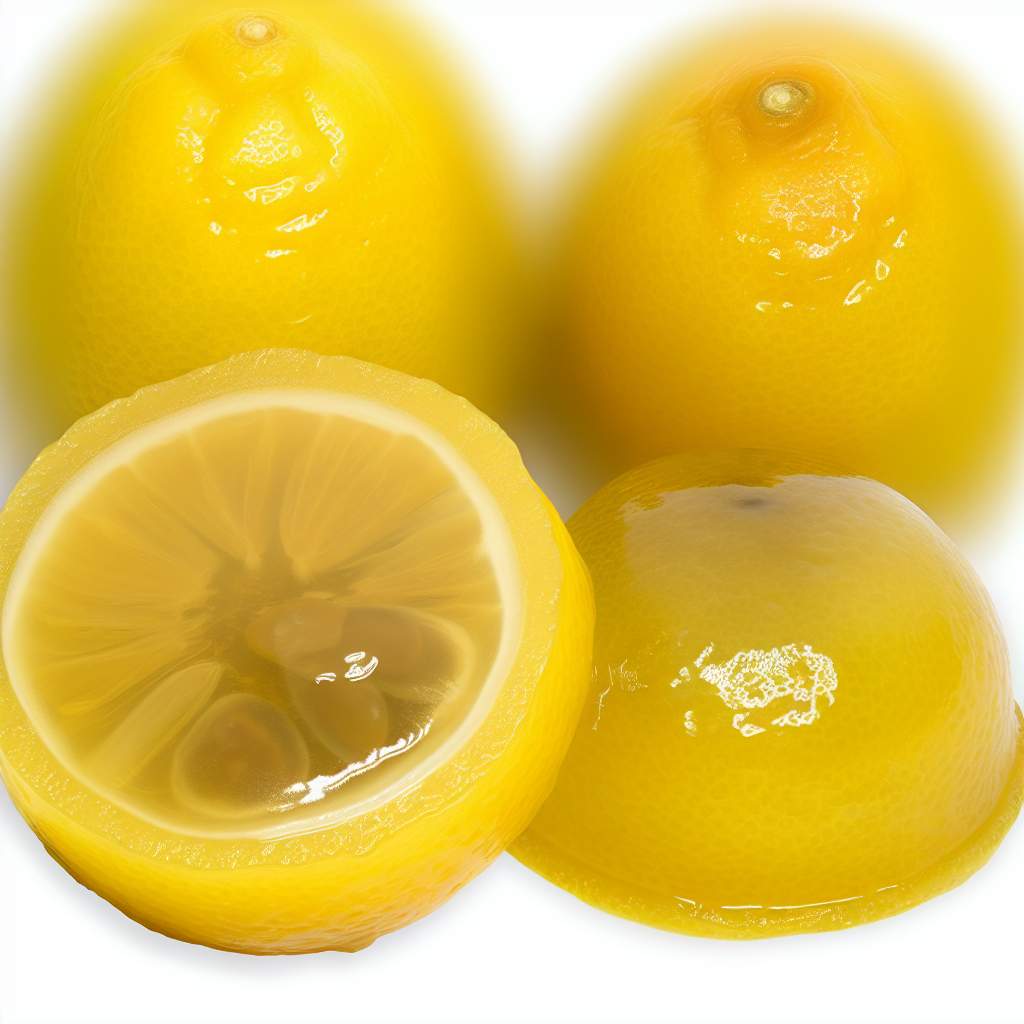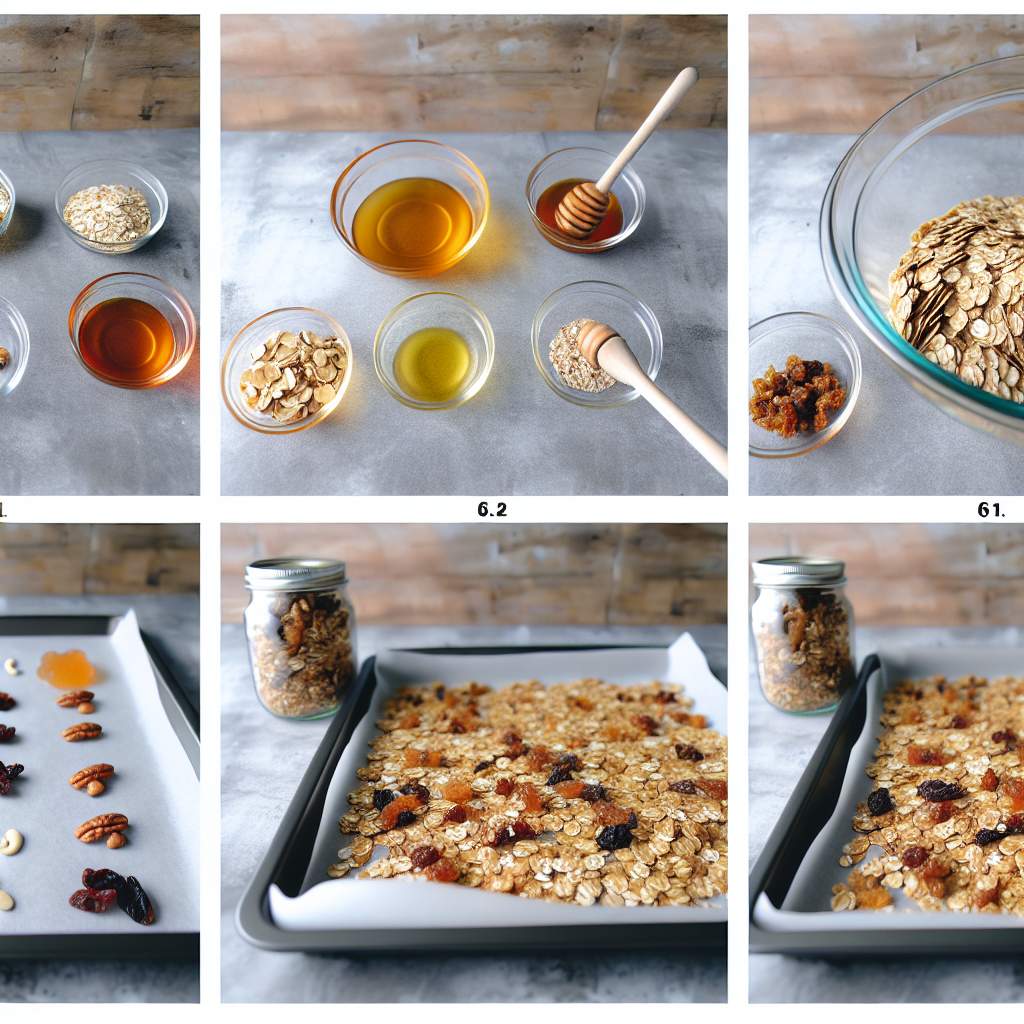Have you ever tasted something so vibrant, so transformative that it changes the way you approach cooking? Preserved Meyer lemons are that magical ingredient. These sunny orbs of intense flavor have been a staple in Moroccan and Middle Eastern cooking for centuries, and for good reason. Unlike their conventional counterparts, Meyer lemons offer a more complex, slightly sweeter profile with subtle floral notes that become even more pronounced when preserved. Once you try them, you’ll wonder how your pantry survived without them.
The beauty of preserving Meyer lemons lies in their simplicity. With just lemons, salt, and time, you create an ingredient that elevates everything from roast chicken to grain bowls, from pasta to salad dressings. The preservation process transforms these already-special citrus fruits into something extraordinary – softening the rinds until they become completely edible and developing a depth of flavor that’s impossible to achieve with fresh lemons alone. The best part? This recipe requires minimal effort but delivers maximum flavor impact.
Preserved Meyer Lemons
Prep Time: 15 minutes
Total Time: 1 month (curing time)
Yield: 1 quart jar of preserved lemons
Ingredients:
- 8-10 organic Meyer lemons, scrubbed very clean
- 1/2 cup kosher salt, plus more as needed
- Freshly squeezed juice from 4-5 additional Meyer lemons
- Optional additions: 1 cinnamon stick, 3 bay leaves, 1 tsp coriander seeds, 3 cloves
- Extra-virgin olive oil for topping (optional)
Instructions:
1. Sterilize a quart-sized mason jar by washing it with hot, soapy water, rinsing well, and then placing it in a 200°F oven for 10 minutes. Allow to cool completely.
2. Quarter the Meyer lemons from the top to within 1/2 inch of the bottom, being careful not to cut all the way through. The lemons should open like flowers but remain connected at the base.
3. Spread each lemon open and sprinkle about 1 tablespoon of kosher salt over the interior of each fruit, then reform the lemon.
4. Place a tablespoon of salt at the bottom of the sterilized jar. Pack in the salted lemons, pressing them down firmly to release their juices. Add any optional spices between layers if using.
5. Continue adding and pressing down the lemons until the jar is nearly full. The goal is to have enough juice released to cover the lemons. If needed, add the extra freshly squeezed Meyer lemon juice to completely submerge the fruit.
6. Top with the remaining salt, seal the jar tightly, and let it sit at room temperature for 3-4 days, turning it upside down occasionally to distribute the salt and juice.
7. Transfer the jar to the refrigerator and let cure for at least 3-4 weeks before using. For longer storage, you can add a thin layer of olive oil on top after opening.
Preserved Meyer lemons are a study in patience and transformation. As they cure, the salt draws out moisture and breaks down the rind’s bitter compounds, while the natural acids in the fruit continue to soften the peel. The result is nothing short of magical—the entire lemon becomes not just edible but delicious, with a complexity that’s both bright and deeply savory. That perfect balance of salt, acid, and subtle bitterness makes preserved lemons the secret weapon of chefs worldwide.
The process truly is as simple as it sounds. No fancy equipment needed, no complicated techniques to master. Your most important ingredient is time. The initial preparation takes just minutes, but then you must embrace the wait. That’s the beautiful paradox of preserving—it’s both immediate and delayed gratification. The moment you pack those vibrant lemons into the jar, you’ve created something, but the real magic happens in the quiet transformation over the weeks that follow.
One crucial note: use organic Meyer lemons whenever possible. Since you’ll be consuming the rind, which is where pesticides tend to accumulate, organic is the safest choice. Plus, Meyer lemons tend to have thinner, more delicate skins than regular lemons, making them ideal candidates for preserving. Their natural sweetness also helps balance the saltiness of the preservation process, creating a more nuanced final product.
Tips for Success
When selecting your Meyer lemons, look for fruits that feel heavy for their size—a sign they’re full of juice. Their skin should be smooth, taut, and deeply colored, ranging from golden yellow to orange. Avoid any with wrinkled skin or soft spots. If Meyer lemons aren’t available in your area, you can substitute regular lemons, though the flavor profile will be more intensely tart and less floral.
Don’t rush the curing process. While you might be tempted to dip into your jar after a week, the flavor development really happens over time. At minimum, wait three weeks, but a month or longer yields the best results. The good news? Properly prepared preserved lemons can last up to a year in the refrigerator, getting better with age (up to a point). Just be sure to always use a clean utensil when retrieving them from the jar, and keep them submerged in their brine.
How to Use Preserved Meyer Lemons
Once your lemons have cured, they become a versatile ingredient that adds brightness and complexity to countless dishes. To use them, remove a lemon from the jar and rinse it under cool water to remove excess salt. Separate the rind from the pulp—both are usable, though many recipes call specifically for the rind. Mince or slice the rind thinly, as a little goes a long way. The pulp can be blended into dressings or marinades for an instant flavor boost.
Traditional Moroccan tagines may be the most famous application for preserved lemons, but don’t stop there. Add minced preserved lemon rind to grain salads, couscous, or rice dishes. Blend some into hummus or yogurt dips. Tuck pieces under the skin of a chicken before roasting, or add to a pan sauce for fish. They’re surprisingly delicious in pasta dishes, particularly those with simple olive oil bases. Even cocktails benefit from their complex flavor—try a small amount muddled with gin or vodka for a sophisticated twist.
Don’t forget the brine! The liquid in your preserved lemon jar is liquid gold—intensely flavored and perfect for adding to dressings, marinades, or anywhere you might use a splash of lemon juice and salt. Just remember it’s quite potent, so start with small amounts and adjust to taste.
Whether you’re an experienced home cook or just beginning to explore the world of preserving, these sunshine-bright treasures deserve a place in your culinary repertoire. They require minimal effort but deliver transformative results—the hallmark of truly great cooking. Once you experience the depth they bring to everyday dishes, you’ll find yourself making batch after batch, discovering new uses, and wondering how you ever cooked without them. So gather your Meyer lemons, embrace the simple alchemy of salt and time, and prepare for your cooking to be forever changed.


